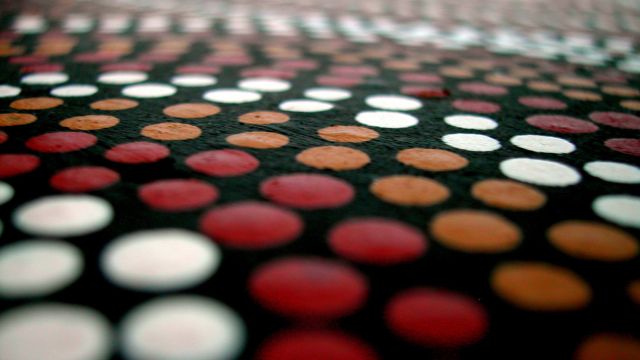Exploring fertility of Aboriginal and Torres Strait Islander Australians

The number of Australians identifying as Aboriginal and Torres Strait Islander peoples (Indigenous) has increased substantially over the most recent censuses, exceeding intercensal population estimates.
Among the contributors to the unexpected population growth is relatively high fertility rates of Indigenous females (when compared with non-Indigenous females) and mixed partnering between Indigenous and non-Indigenous couples.
Despite most births of Indigenous children now occurring to parents of Indigenous and non-Indigenous coupling little is known about contemporary predictors of Indigenous fertility, especially where fathers are Indigenous and mothers are non-Indigenous.
This presentation outlines results from work examining the variation in fertility by Indigenous status, and how intended fertility differs by Indigenous status and mixed partnering.
Data are analysed from the Australian Census Longitudinal Dataset (ACLD) and the Household, Income and Labour Dynamics in Australia (HILDA) survey.
The results from this work comprise part of a larger project intended to assist in more informed policy debates and resource allocation through the development of improved projections of the Indigenous population in Australia.